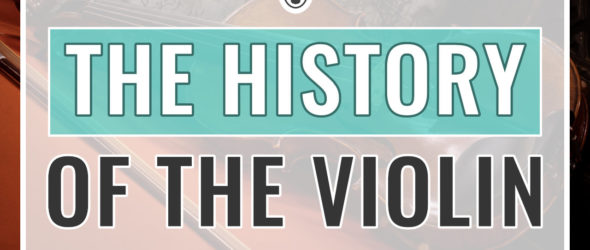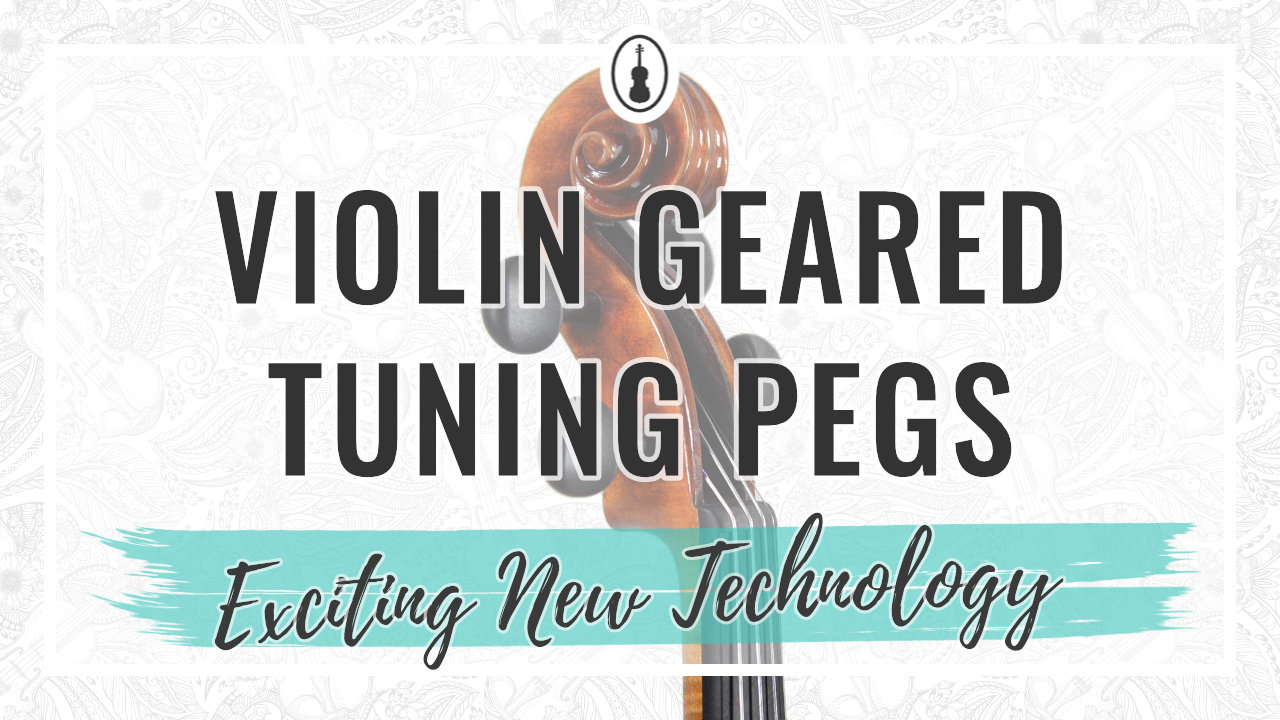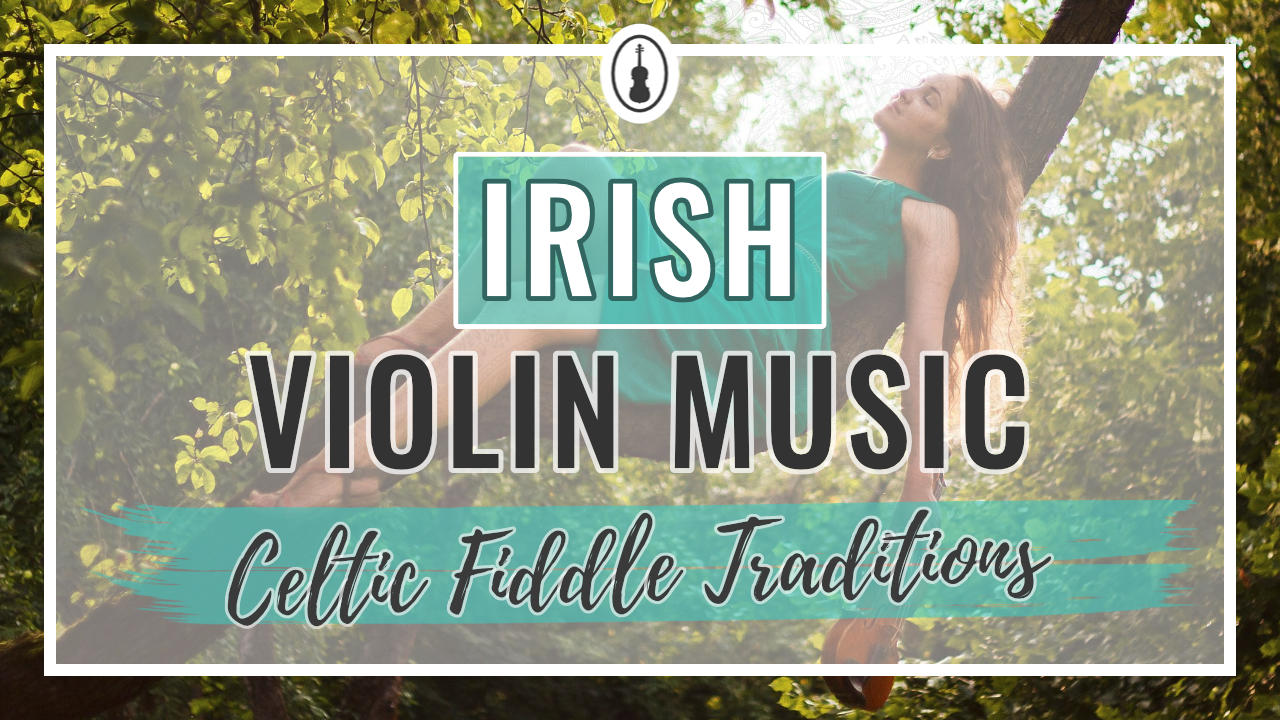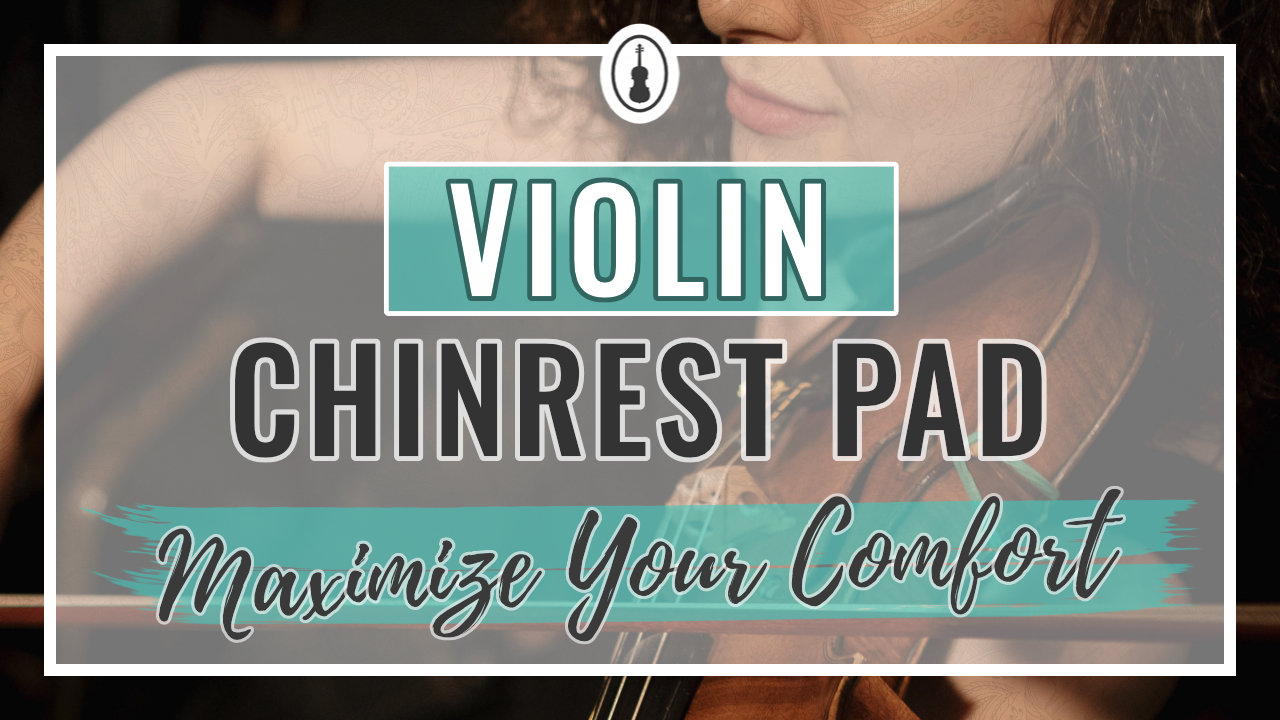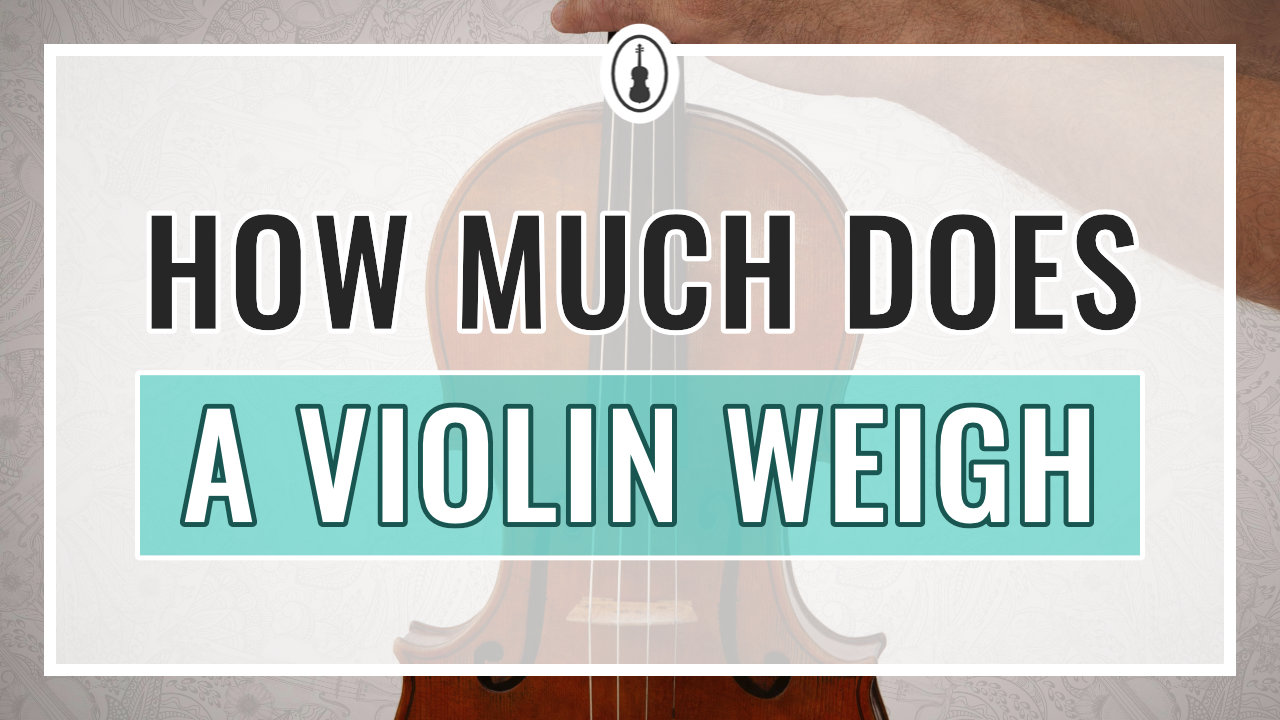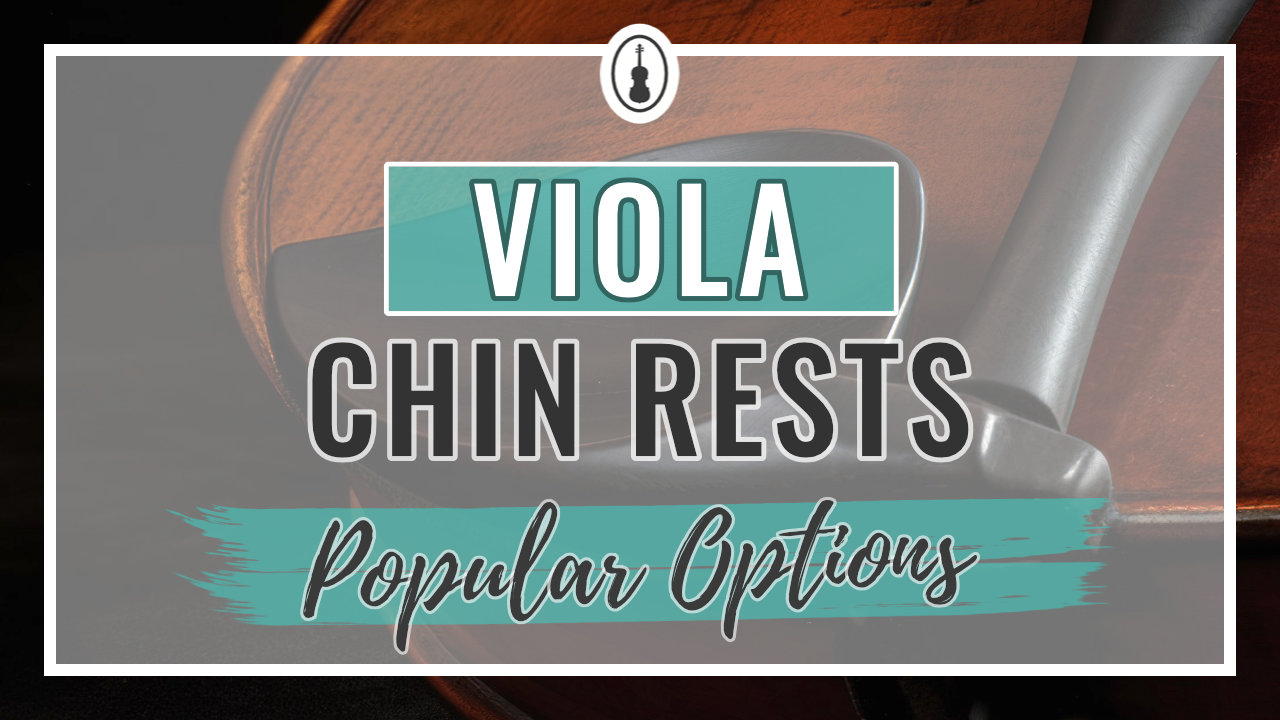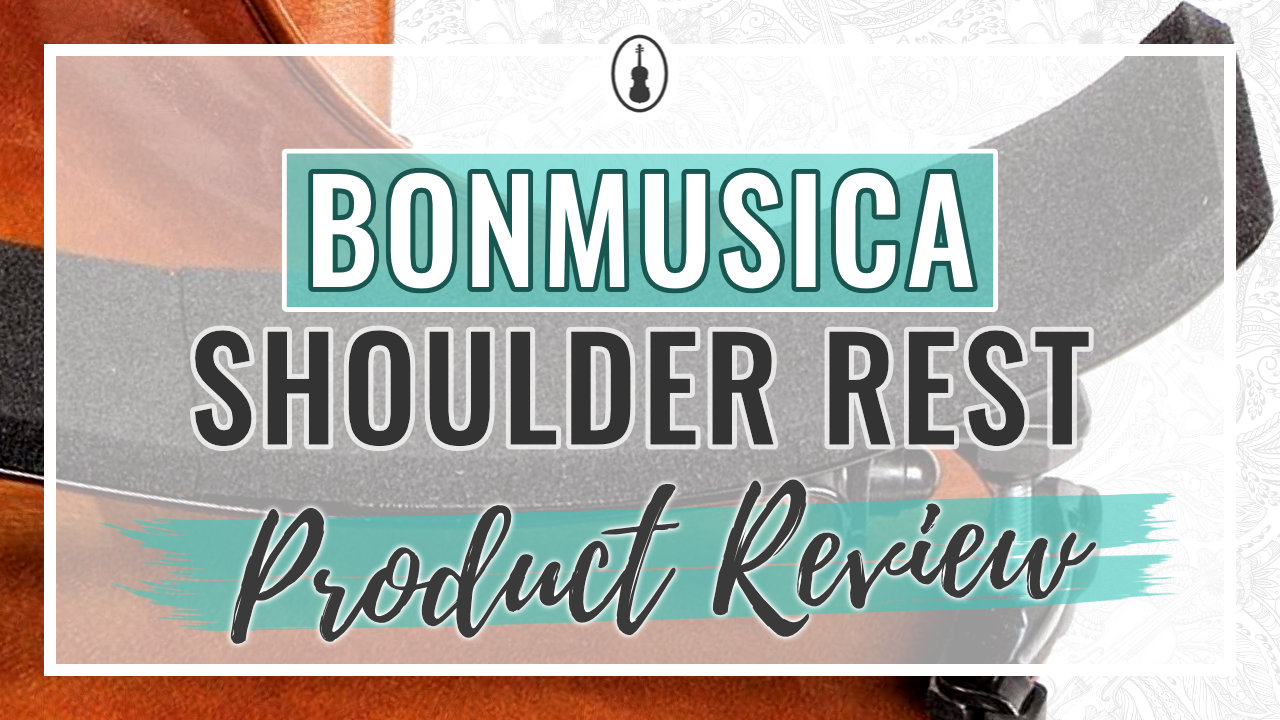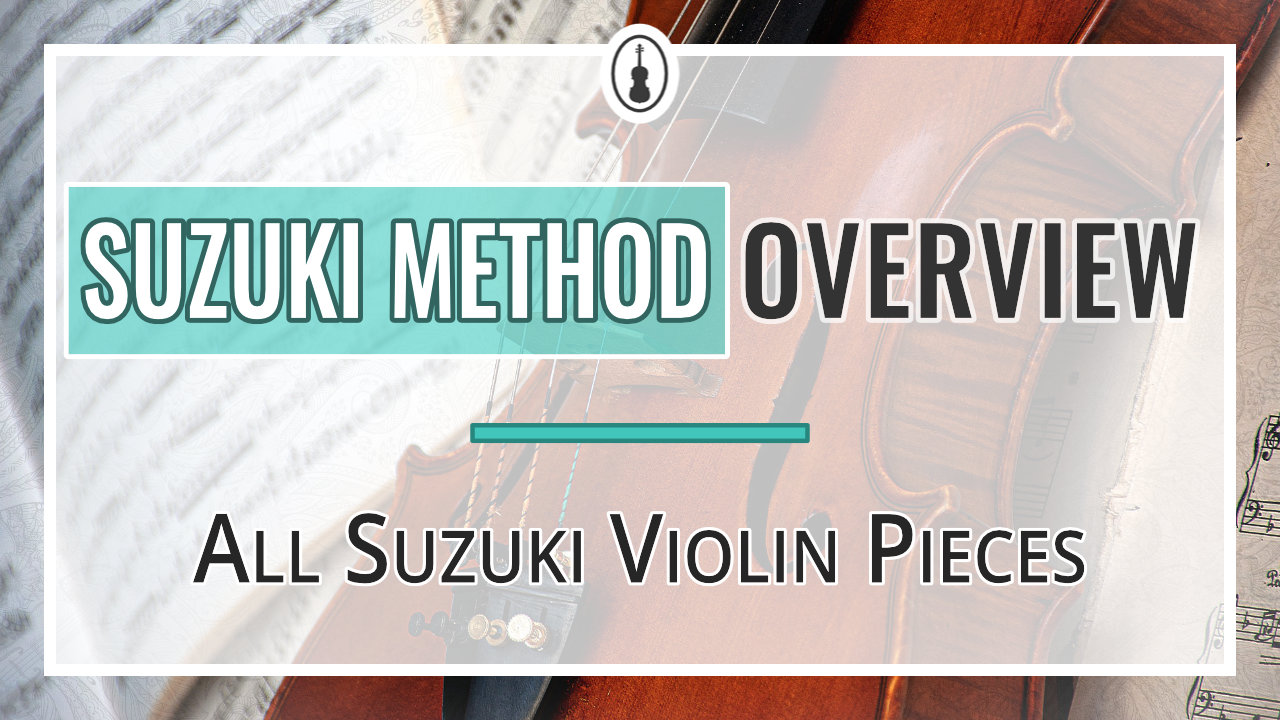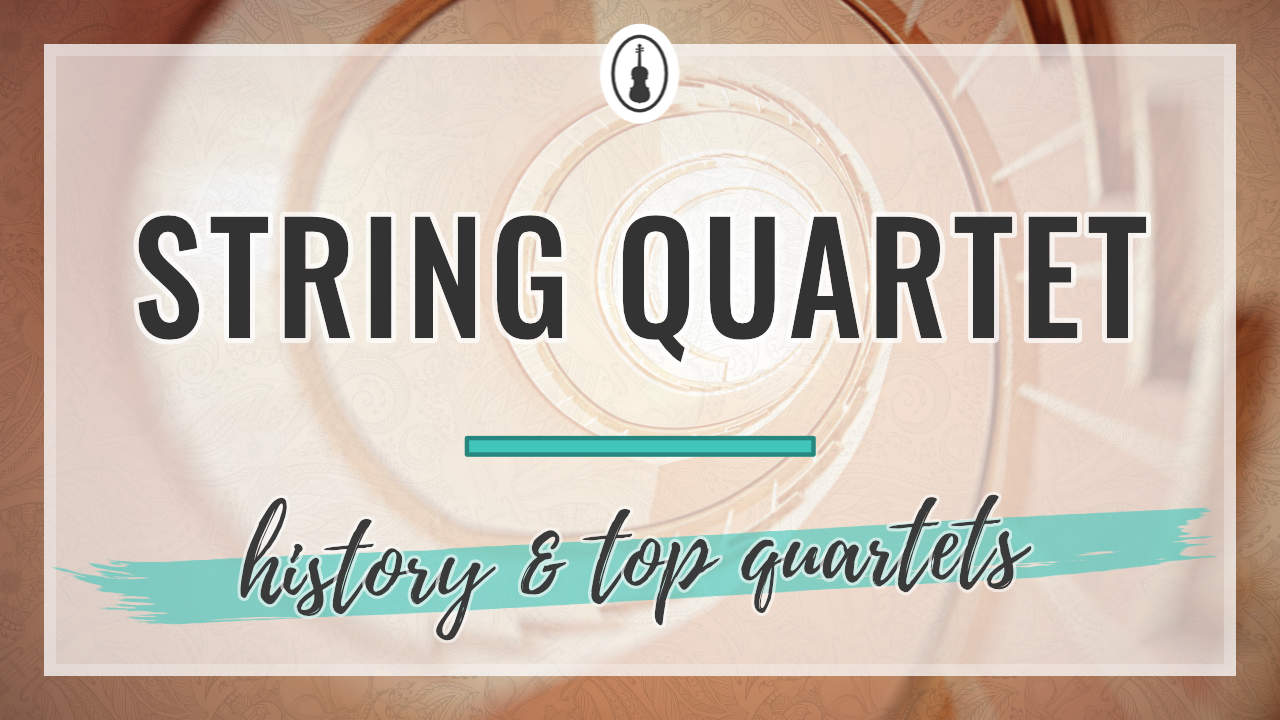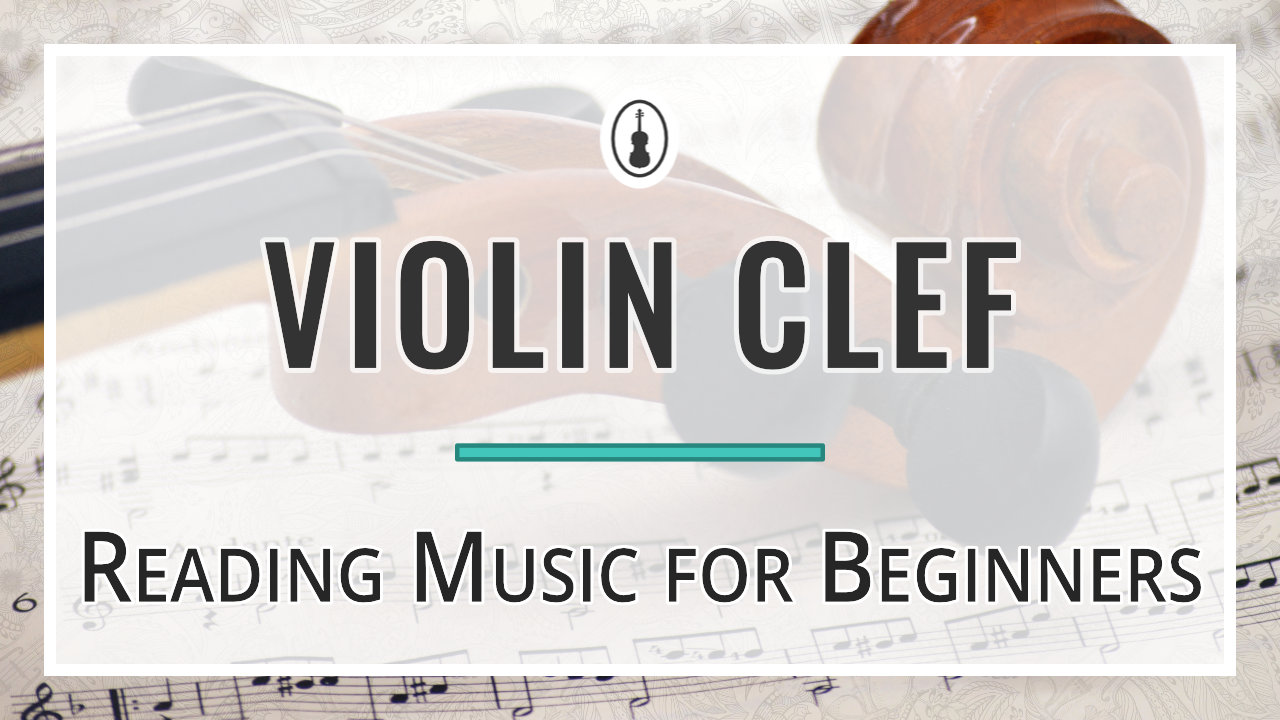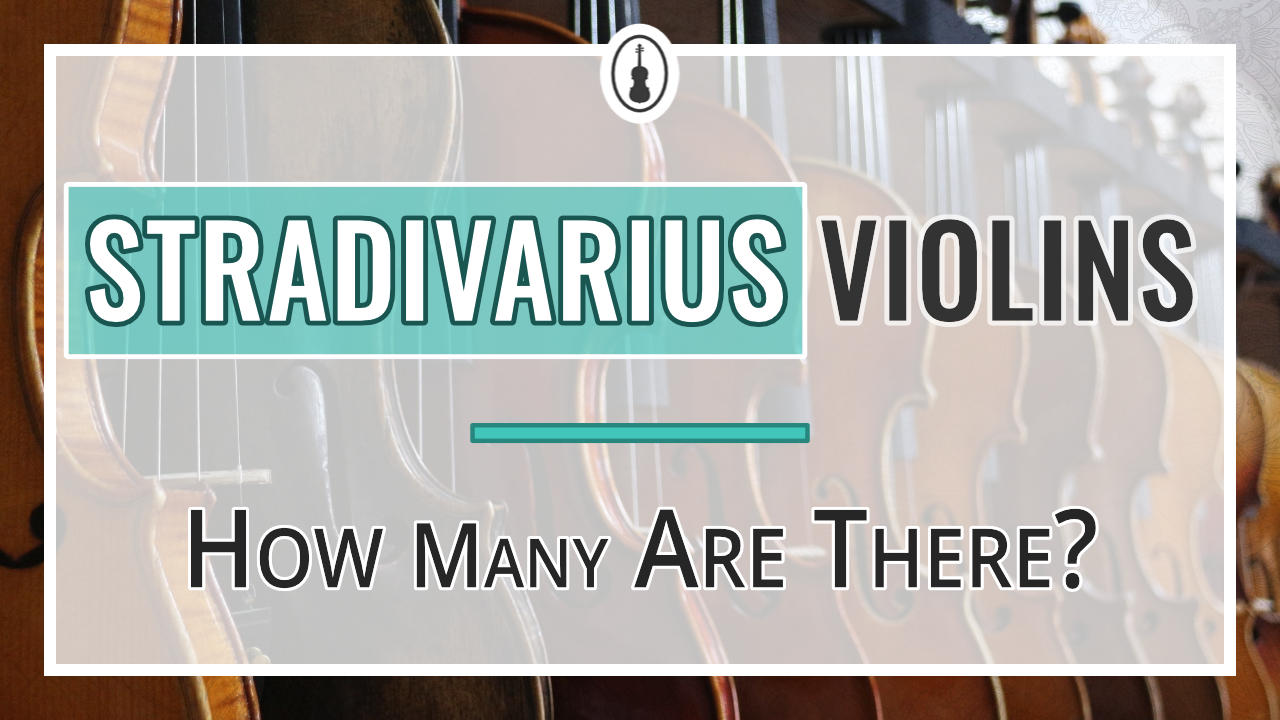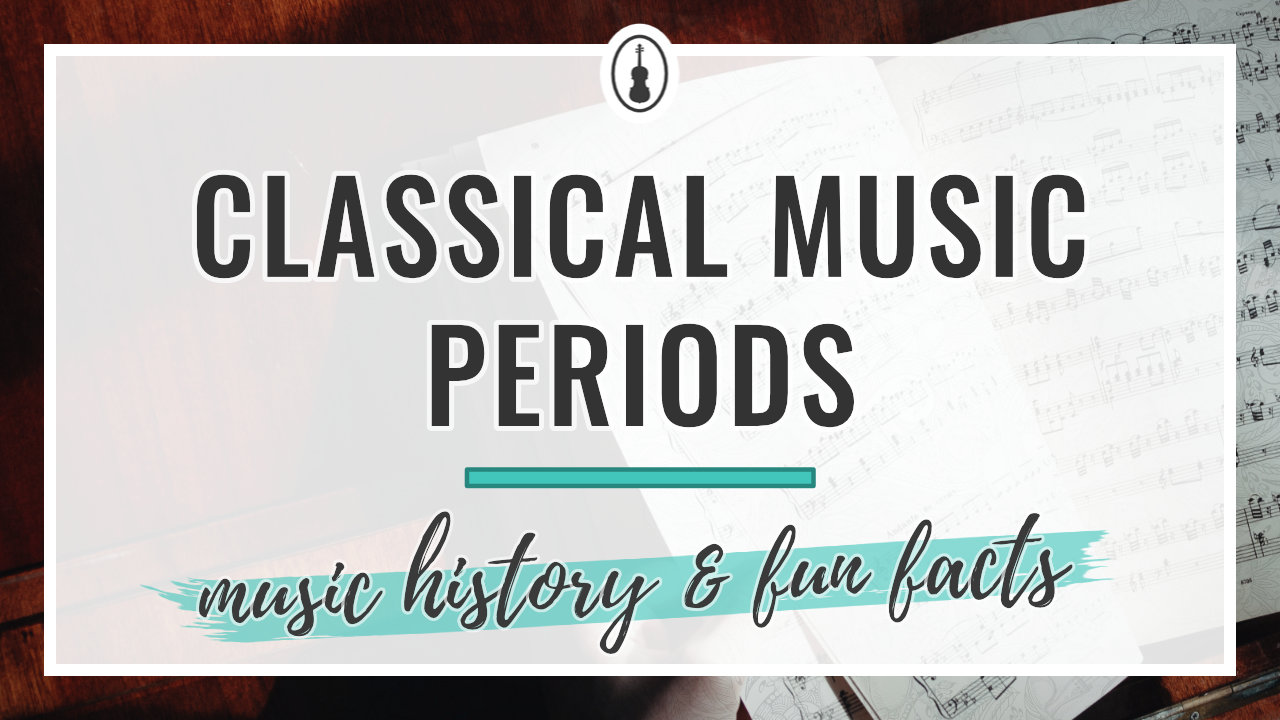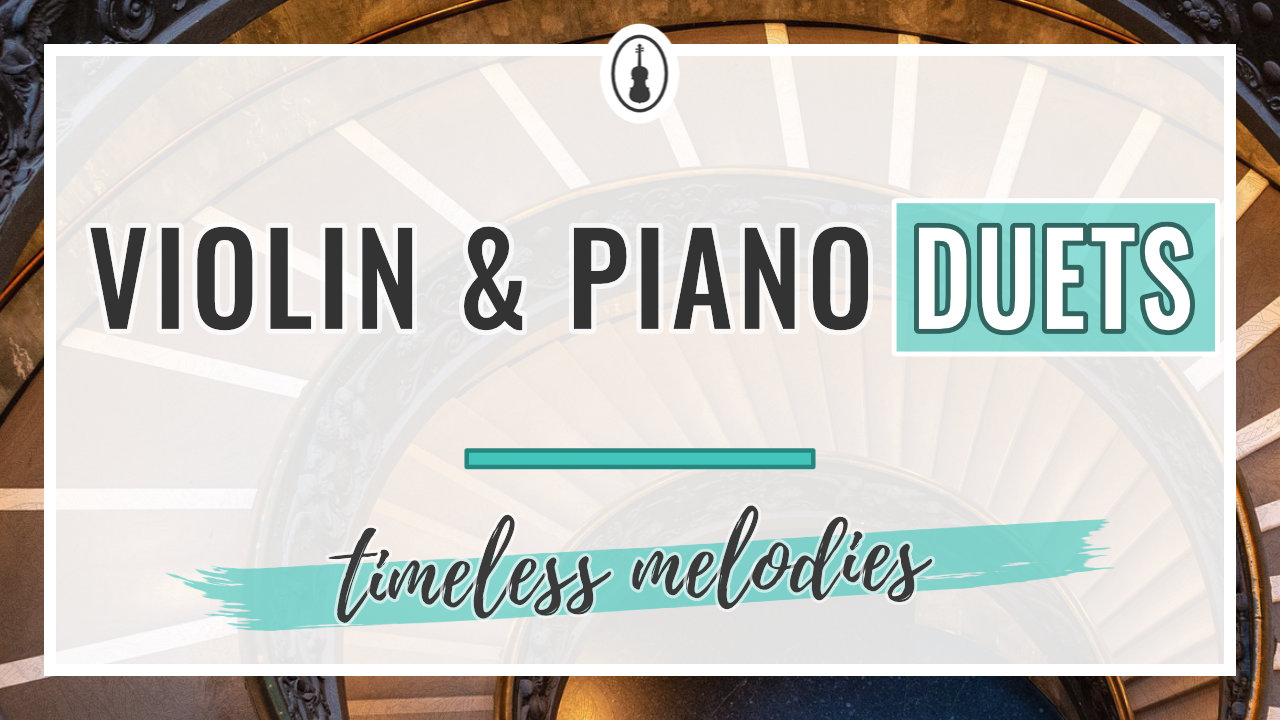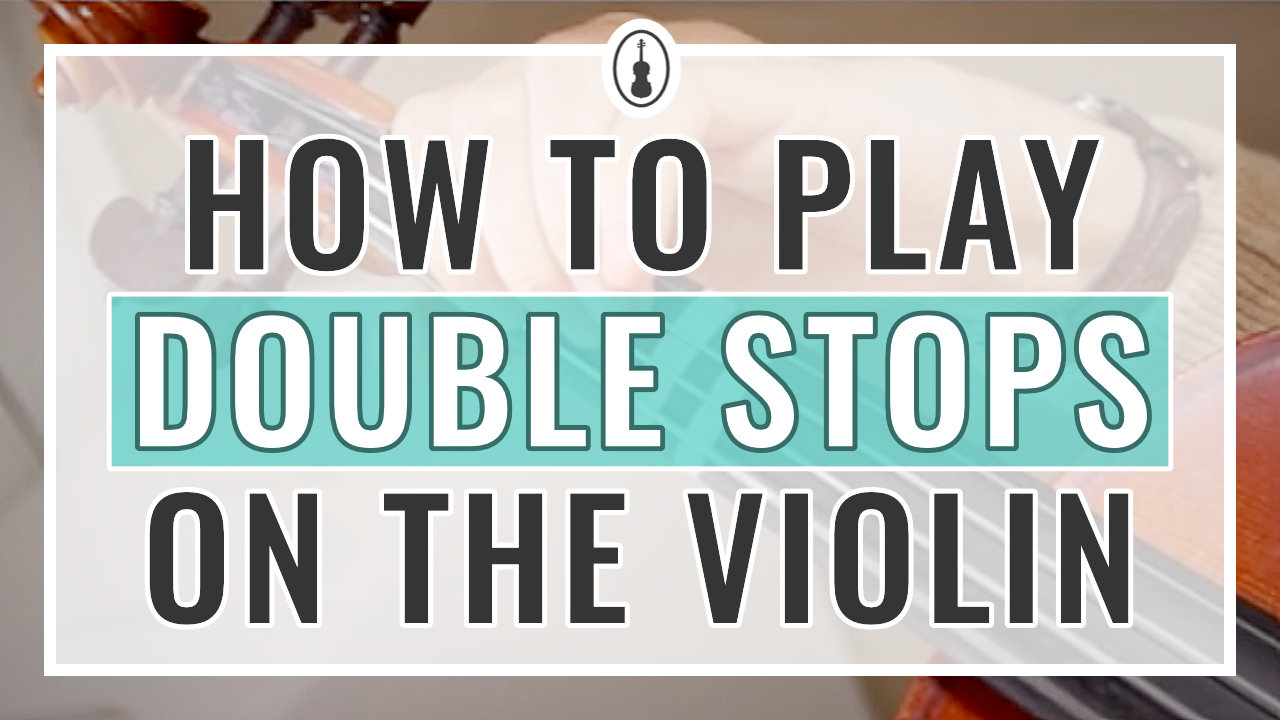The history of the violin is quite extensive, dating back centuries. The musical instrument can trace its lineage through various traditions all over the world, from Asian ravanahatha, rebab, rebec, and morin khuur, via vielle, lira and viola da braccio to a baroque and modern violin with inventions like an electric violin.
Many different stringed instruments led to the violin that we know and love today. It has evolved and been perfected over the centuries through endless experimentation. Continue reading to discover how the instrument we love has changed through history.
Early Beginnings

Asian Instruments
The oldest stringed instrument is the ravanahatha, an ancient bowed instrument from India and Sri Lanka. Between the 7th and 10th centuries, the ravanahatha was traded to other countries, giving others ideas of how to create their own stringed instruments.
One of the earliest descendants of the ravanahatha was the rebab, an Arabic instrument with two silk strings. It dates back to the 7th century and is often considered the first direct ancestor of the violin.
The rebec, originating in the 10th century, was very similar to the rebab. This instrument ranged from one string to five, usually with frets, and was played under the chin or held in the arms. The strings were tuned in fifths, which influenced the modern violin.
The morin khuur is another ancestor of the violin. This two-string fiddle originated in Mongolia and dates back to the 13th or 14th century. Its body was shaped like a trapezoid, and the head (the modern-day violin scroll) was carved into a horse head, with the tuning pegs sticking out as ears. This instrument was (and still is!) used in traditional rituals as well as in making music.
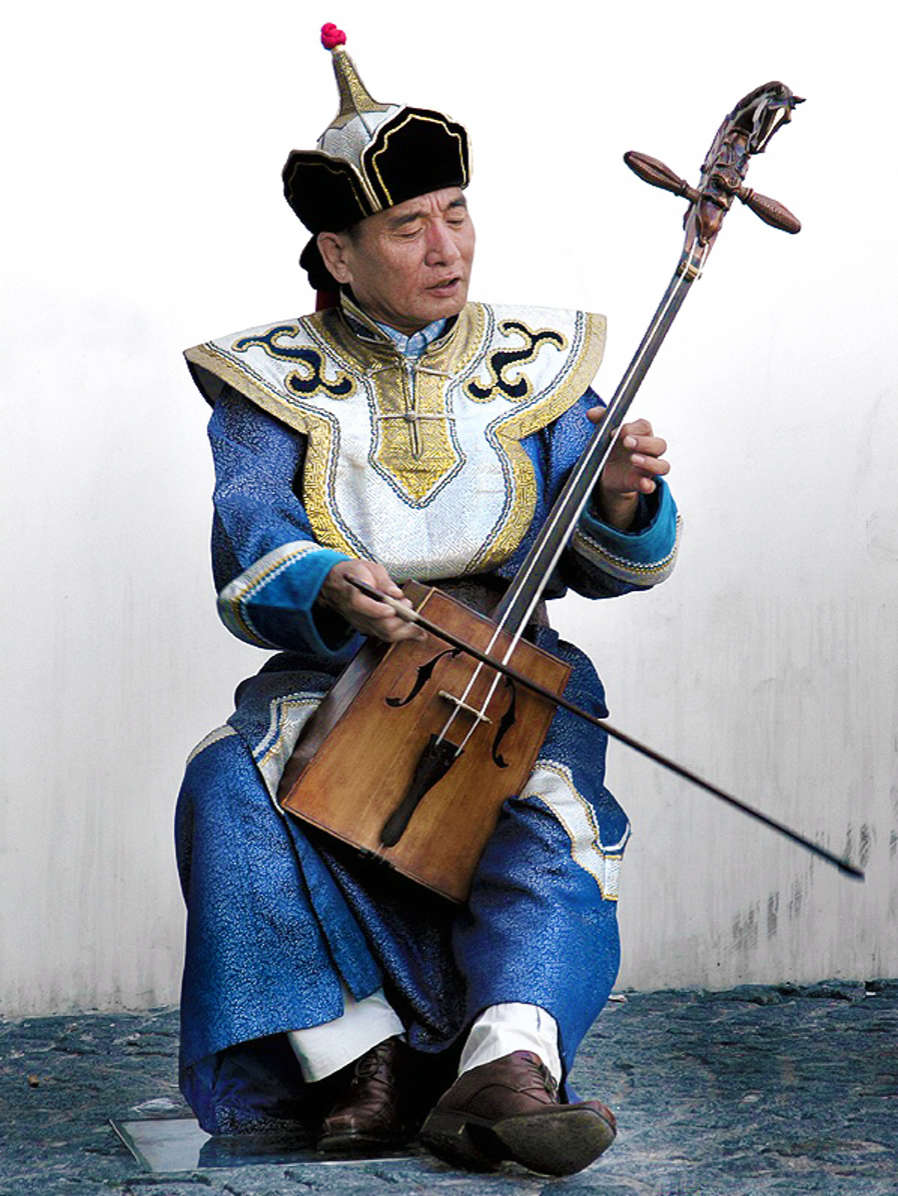
The Start of European Instruments
Asian instruments entered Europe through the trade route. Europeans then created their own take with their style of woodworking, leading to the French vielle, which came about in the 13th century. The vielle had five strings and its shape was similar to the modern violin.
Renaissance Era
Lira da braccio
The lira da braccio was a bowed string instrument used in the 15th and 16th centuries. It was closely related to the French vielle, but it was the first string instrument to have a soundpost.
Instruments in the da braccio family were played under the chin – “da braccio” means “on the arm” in Italian.
The hourglass shape of the lira da braccio gave it a bigger sound than the rebec. This instrument had a wider fingerboard and flatter bridge than the modern-day violin, which made it easy to play chords. It’s speculated that the top strings were used to play the melody, and the bottom strings were for chordal accompaniment.
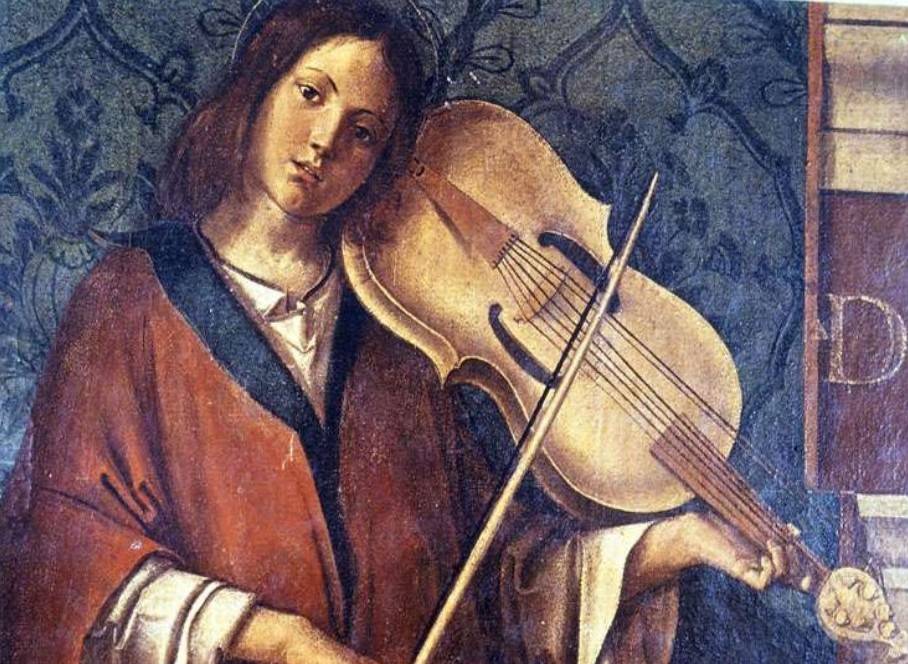
Viola da braccio
The viola da braccio became popular in the early 16th century, often being played by Italian poet-musicians in courts. The instrument began with three strings tuned in fifths, but a fourth string was added soon after. Frets were created by tying gut strings around the neck.
Violin
The modern four-string violin originated in northern Italy around 1550. Gasparo da Salò was one of the earliest violin makers in the area. 80 of his instruments spanning from his 40-year career still survive, including violins, violas, viols, violones, double basses, and ceteras.
At around the same time, Andrea Amati perfected the size and shape of modern string instruments. The oldest violin still in existence was built in 1564 and is nicknamed the Charles IX. There are even records of the King of France buying 24 violins from Amati!
The Amati line continued through Andrea’s son, Girolamo, and then through his son, Nicolò. Nicolò taught Andrea Guarneri and potentially Antonio Stradivari, two very important luthiers, the art of violin making.
Baroque Era
The “Golden Era”
Antonio Stradivari (1644-1737) was one of the most famous violin makers in the world. His career spanned 70 years, and 650 of his instruments have survived to our times. He experimented with and improved on Amati’s designs to create violins with a bigger, darker sound. Many of his surviving instruments have been modernized for musicians who play them today.
Many of Stradivari’s instruments reach extremely high prices when put on sale. You can read more about it in the article: “The 5 Most Expensive Violins in the World.”
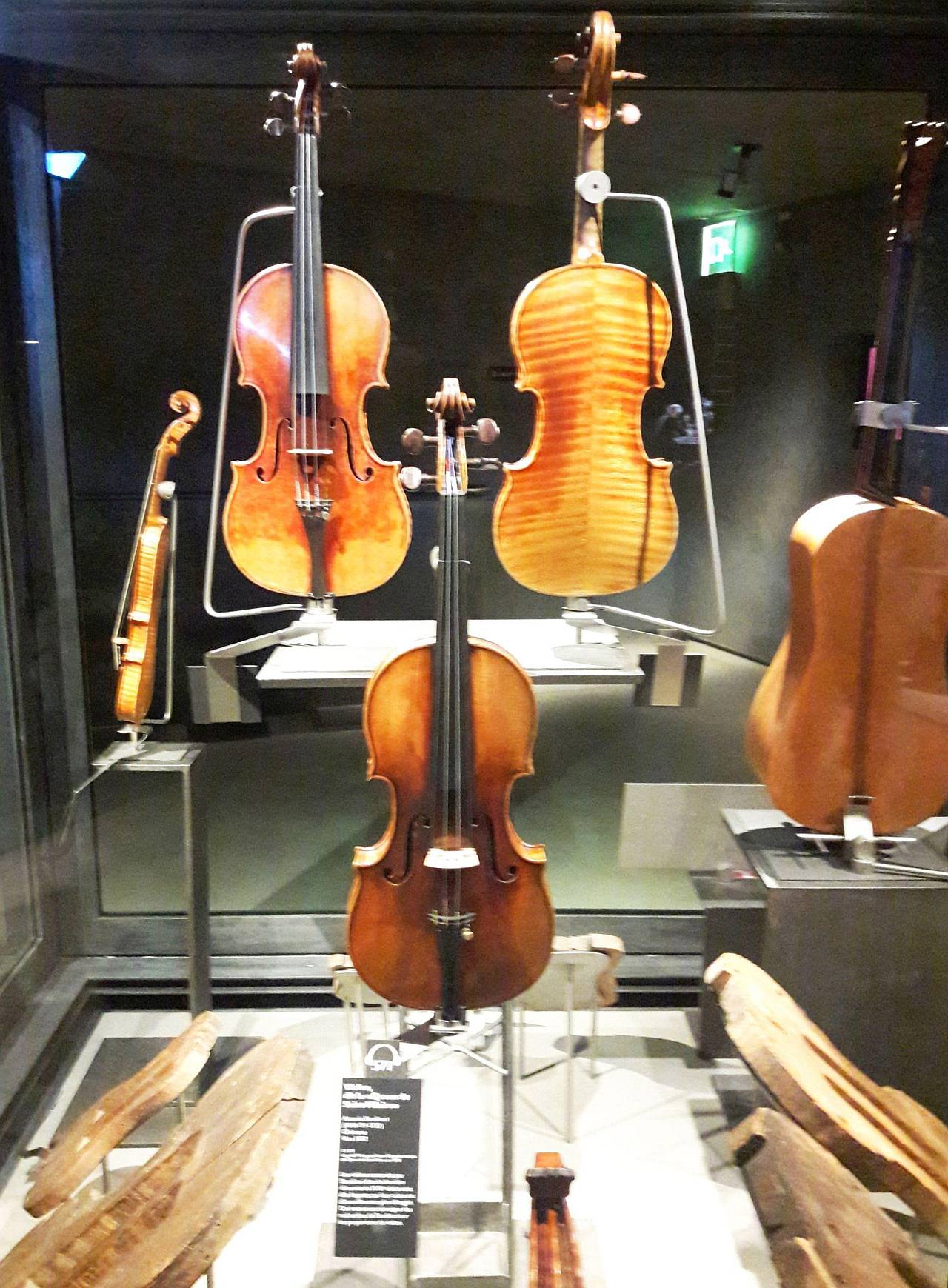
Baroque Violins
During the 18th century, the Baroque violin had a shorter and thicker neck than modern violins, and the fingerboard was shorter and flatter – violinists almost never played past the first position. There were no chin rests or shoulder rests on violins from this time.
The sound of this violin was sweeter than the instruments that preceded it and sounded more like the human voice. Gut strings and a shorter bow than what we use now gave the violin a more muted sound.
Baroque Violin Bows
During the Baroque era, violinists used bows with a convex shape, rather than the concave shape we know today. Their bows were usually made of snakewood, which is a little heavier and denser than the wood most of our bows are made of now.
Classical Era
During the Classical era, composers wrote many violin sonatas and concertos, and the instrument became the main voice of the orchestra. Classical composers like Vivaldi, Mozart, and Haydn helped solidify the violin’s place in history.
A Bigger Sound
The violin went through a few major changes during the Classical period to really make it the instrument we know now. The fingerboard became longer for violinists to play in higher positions, and the angle was changed to accommodate a higher string tension. The bass bar was lengthened, the bridge was made higher, and the soundpost was thickened. These modifications all gave the instrument a bigger sound better suited for larger concert halls.
The Modern Bow
Finally, the modern violin bow was created around 1775. Francois Tourte began making the bows longer and with pernambuco wood. The concave bend in the stick was created by heating up the wood, whereas previously the convex bend was cut into the wood. During this time, the bow transitioned from merely being considered a violin accessory to being considered equal to the instrument.
Romantic Era
Chin Rest
In 1820, Louis Spohr invented the chin rest. This changed the course of violin music forever, as the invention made playing high, virtuosic passages much easier. The left hand didn’t need to support the violin as much while the chin rest was in use, so it was freed up to play new, more difficult styles of music.
The original chin rest design was a block of wood placed over the tailpiece. Today, we have a plethora of options to choose from, varying between heights, placement, and materials.
Strings
During the Romantic period, the E, A, and D strings were still gut, but the G string was typically gut wound with silver. This string setup lasted for the entire 19th century.
20th Century
Steel Strings
In the early 20th century, violinists began playing on steel strings. Not everyone loved the sound, and many fine instruments buckled under the high tension of the new strings. Throughout the century, musicians experimented with combinations of gut and steel strings, until synthetic strings were created in 1970 by Thomastick-Infeld. These new strings were named Dominant, and are still widely used today.
The Electric Violin
In the 1920s, musicians began experimenting with ways to amplify the violin. Jazz musicians like Stuff Smith modified their violins by adding pickups and amplifiers.
The electric violin was invented in 1930 by a company called GE. It was practically unplayable and was a regular violin with a megaphone attached to it.
Rock musicians began incorporating electric violins into their music in the early 1960s, but at that time, most “electric” violins were acoustic instruments with pickups attached. As rock music quickly gained popularity, more and more companies experimented with the electric violin, until it evolved to the general instrument that we know today.
Now, electric violins come in a variety of different styles: solid body, skeleton, and silent violins. They can all come with a variety of different strings – this is especially helpful for musicians who play both the violin and viola – they can purchase a 5 string electric violin and get the best of both worlds! The electric violin is still going through many changes, and it’s likely that we haven’t perfected it yet.
FAQ
Who Invented the Violin and Why?
Andrea Amati is often credited as the inventor of the modern violin. Charles IX, an Amati violin named after the King of France, is the oldest violin that still exists today. Gasparo de Salò is also credited with creating the modern violin at around the same time as Amati.
When Was the Violin First Invented?
Although the violin as we know it today was created in the mid-16th century and was refined by Andrea Amati, many different string instruments fought for a permanent place in the music world. Some of the violin’s predecessors include the rebec, the lira da braccio, and the viola da braccio.
How Did the Violin Get Its Name?
The name may have derived from the medieval Latin word “vitula,” which means “stringed instrument.” In Italian, “violino” means viola, short for viola da braccio. The violin is a direct relative of the Renaissance-era viola da braccio, a four-string fretted instrument tuned in fifths.
What Was the First Violin Made Out Of?
The first violins as we know them were made out of spruce, willow, and maple. We still use many of the same materials today. The very first bowed string instrument, called the ravanahatha, was made out of a hollowed bamboo, coconut shell, and goat’s skin. The bow was made of wood and horsehair.
Check out the following articles to learn more about materials used for making violin bows:
- What Are Violin Bows Made Of? – with an overview of all bow parts
- Violin Bow Materials and Which Ones Are Best
What Was the Violin Originally Used For?
Violins were originally used for dance music in the 16th century. During the early 17th century, composer Monteverdi added violins to his infamous opera Orfeo. This was the first recorded use of violins in an orchestra.
